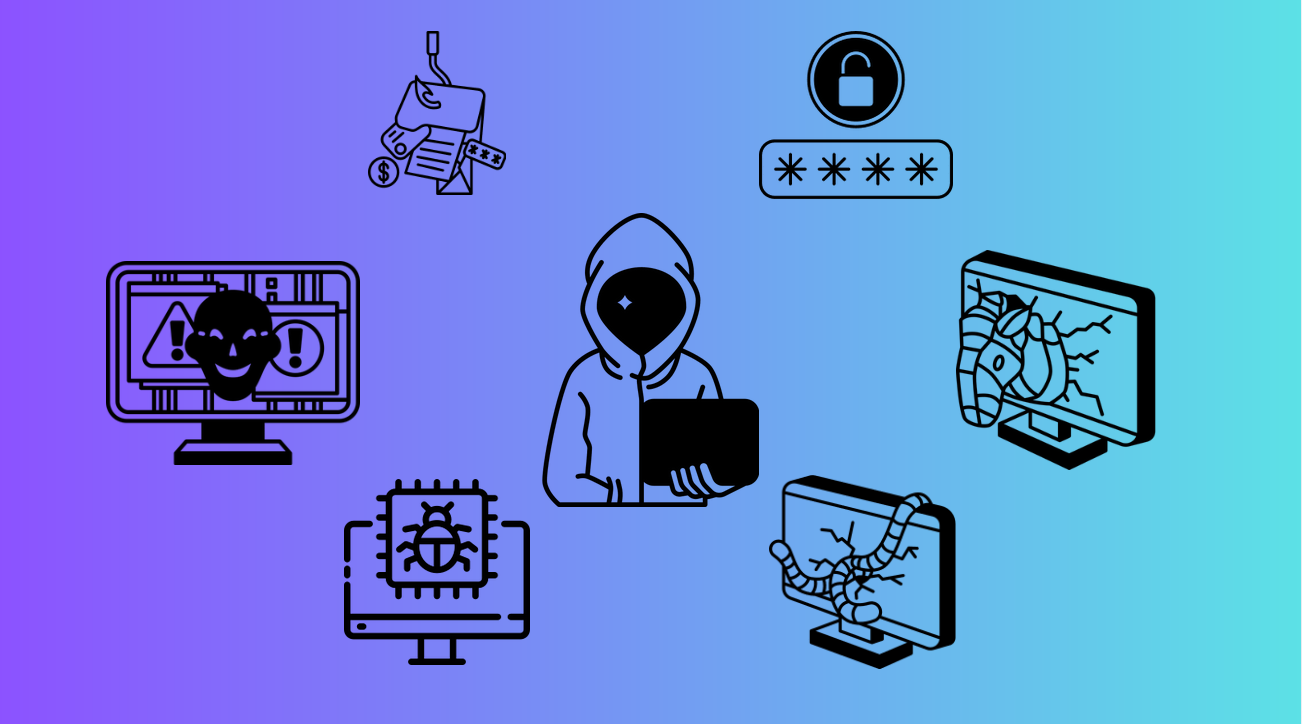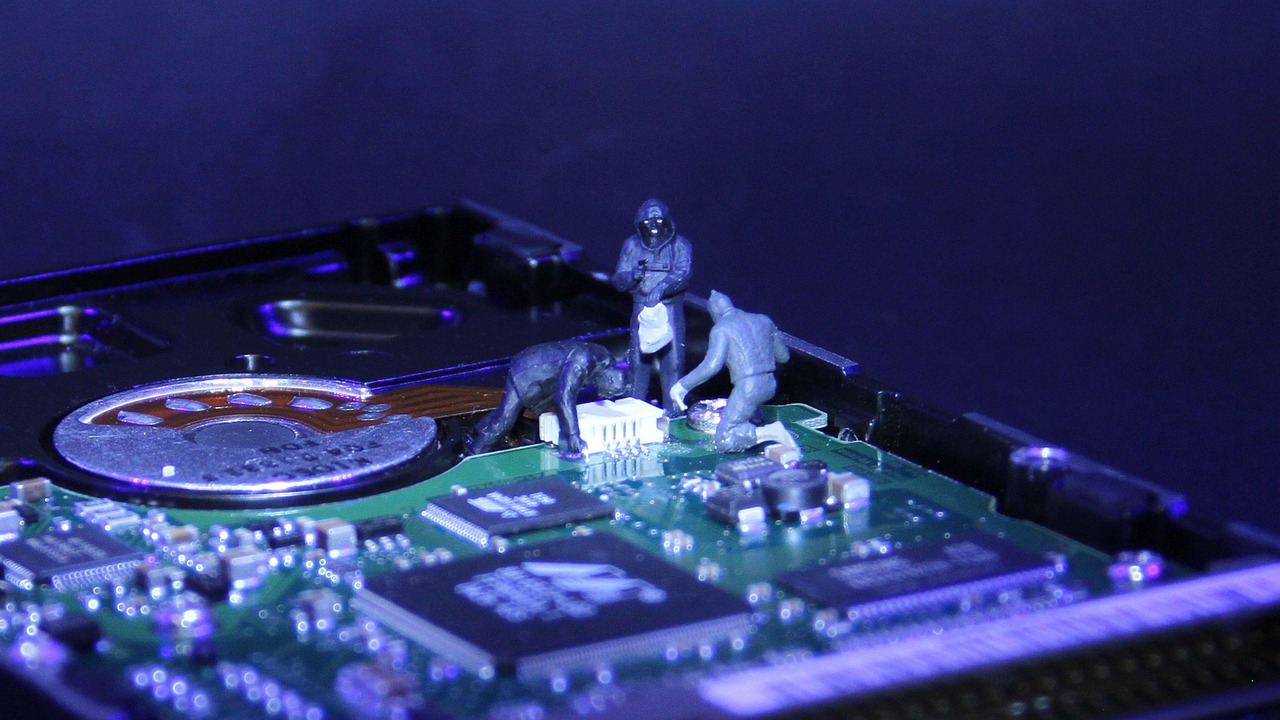How to protect yourself online: Basic security measures
In today’s digital world, every user is at risk of cyberattacks. To ensure the security of your devices and data, it’s important to take basic security measures: regularly update your operating system and software, use antivirus programs and firewalls, and set strong passwords. Without these steps, devices can become vulnerable to malware, which often sneaks in unnoticed. Not only computers are at risk, but also mobile devices—smartphones and tablets.

What threats exist?

Millions of malicious programs, also known as malware, are distributed online every day. There are several different types:
~ Viruses infect files and systems, limiting their functionality or even completely destroying data.
~ Worms spread independently across the network and infect devices without the user’s knowledge.
~ Trojans disguise themselves as harmless programs but can actually cause serious damage.
~ Spyware collects confidential information and can be used for criminal purposes.
~ Ransomware blocks access to data and demands a ransom to release it.
~ Botnets turn devices into part of a global hacker network that launches attacks against websites and services (e.g., DDoS attacks).
How can attacks be prevented?
Most threats can be avoided by taking simple precautions. Experts estimate that up to 90% of attacks could be prevented at no additional cost. Popular operating systems like Windows and Android are particularly vulnerable, so it’s important for users to monitor their security:
Update your software regularly – updates close vulnerabilities that can be exploited by attackers.
Use strong passwords – complex and unique passwords reduce the risk of being hacked.
Be cautious of suspicious files and links – viruses are often spread via email and unknown websites.
Install an antivirus program and a firewall – they help detect and block malware.
 2025 at Hamburgnet - on 16th Mai @10:00am CEST
2025 at Hamburgnet - on 16th Mai @10:00am CEST